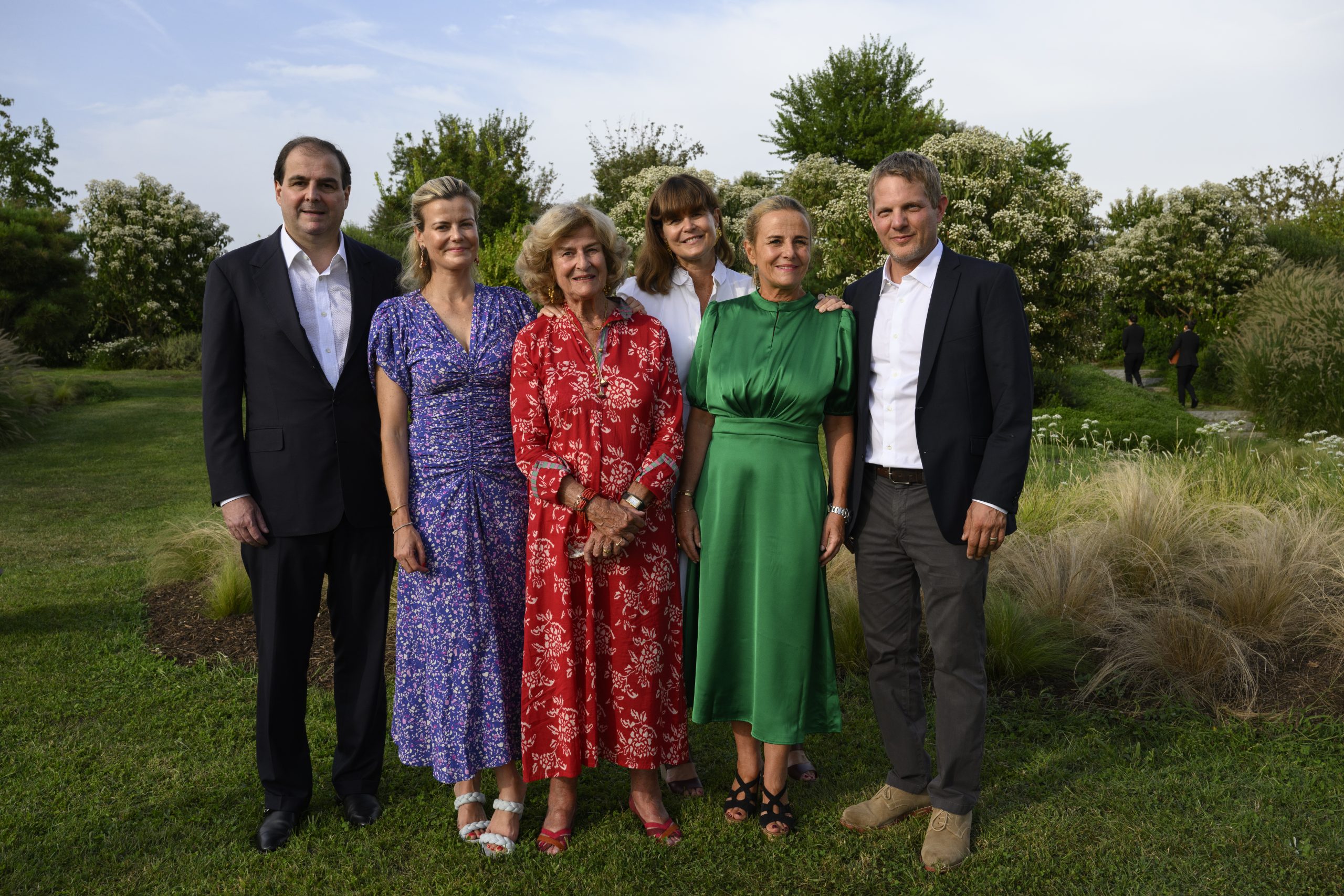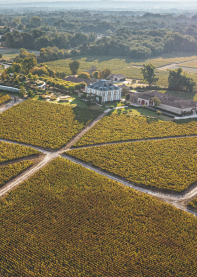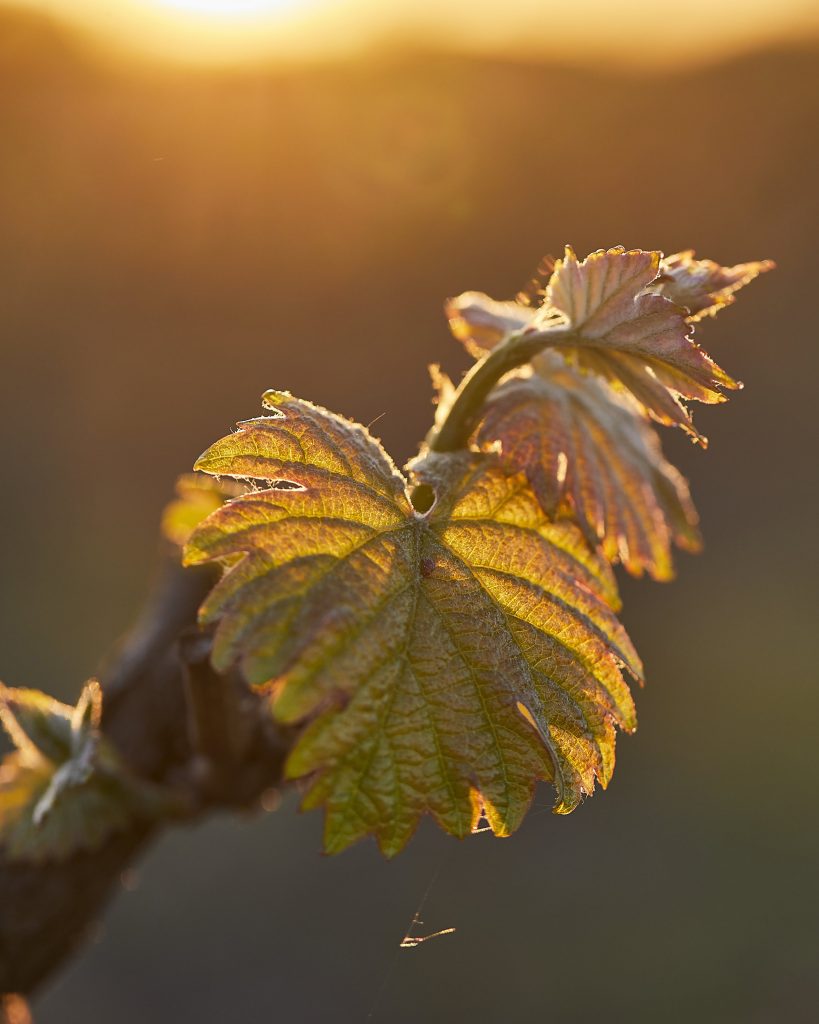History
A continual renaissance •
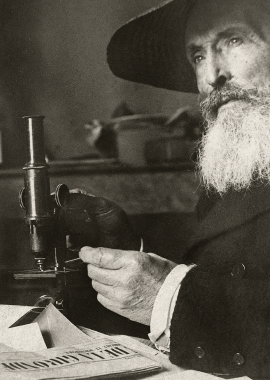
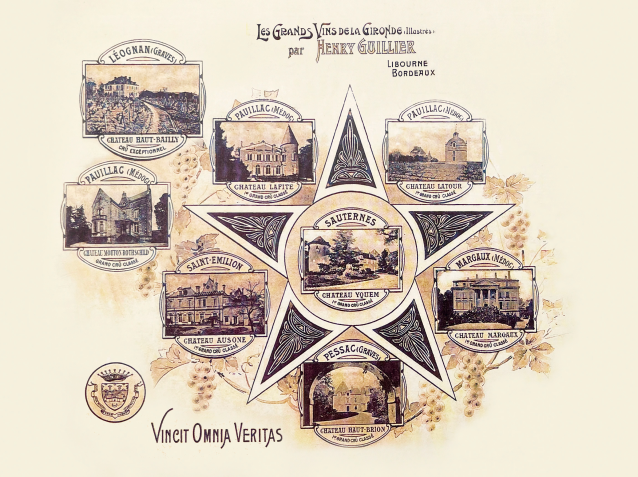
Haut-Bailly is greater than those who serve it and who, over time, are there to ensure its continued existence.
GUARDIANS OF THE TERROIR
A sense of duty
The Haut-Bailly lineage is a long history of men and women who, for nearly four centuries, have seen themselves as the heirs of a shared adventure, the “keepers” of a sacred mission, dedicated to an ancestral terroir that commands respect. The torch has been passed down through the generations with a savoir-faire, a set of values and a way of being, that everyone has honoured.
From the beginning of the 17th century to the present day, from Firmin Le Bailly to the Wilmers family, via Alcide Bellot des Minières and three generations of Sanders – Daniel, Jean and today Véronique, a succession of committed, attentive and visionary professionals have dedicated themselves to serving the terroir.
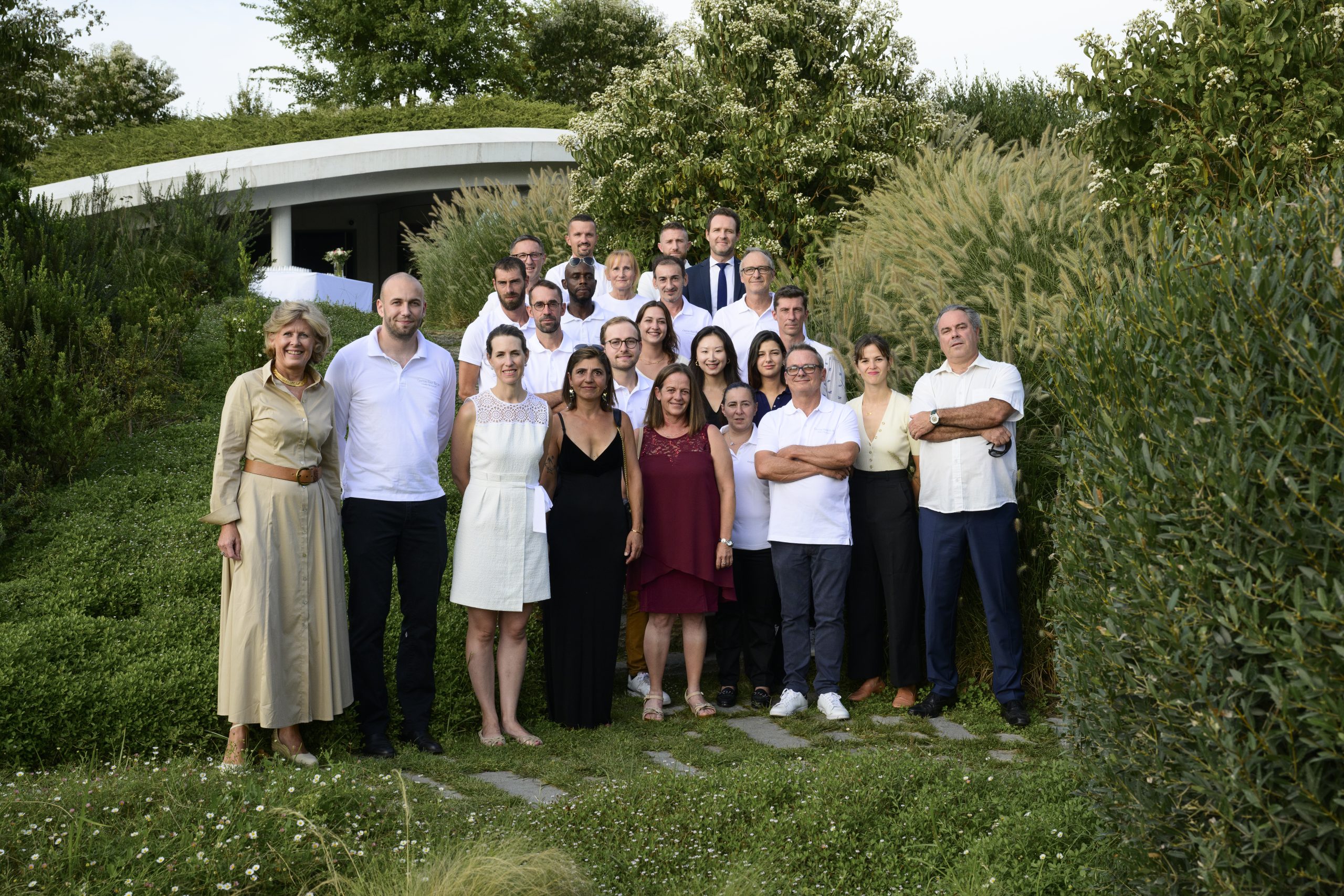
The estate between the 15th and 18th centuries
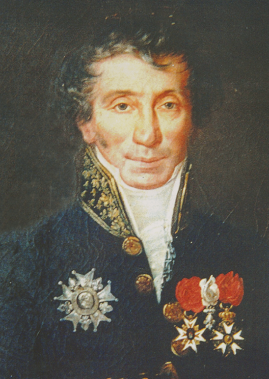
Since the 15th century, the Haut-Bailly terroir has attracted the interest of remarkable men and women who have recognised its potential and worked tirelessly to bring it to the fore.
As early as 1461, vines were grown at “Pujau”, a locality on the Haut-Bailly hillside. But the foundations of the modern vineyard were laid in the 17th century, when Firmin Le Bailly and Nicolas de Leuvarde gave it its current boundaries, with a shared intuition for the potential of the terroir and its ability to produce a great wine. As early as 1630, they raised substantial capital and gave the estate its commercial dimension.
In the 18th century, Haut-Bailly was succeeded by two eminent local figures: Christophe Lafaurie de Monbadon, a member of the Bordeaux Parliament, and his son Laurent Lafaurie de Monbadon, who was elected Mayor of Bordeaux in 1805. His generous management will long be remembered in Bordeaux.
Reaching the level of the classified 1st growths at the end of the 19th century
It was thanks to Alcide Bellot des Minières, who bought the estate in 1872, that Haut-Bailly achieved exceptional success. He brought a new dimension to the estate and to winegrowing in Bordeaux as a whole. His determination, based on real scientific knowledge, won him the admiration of his peers. He was nicknamed “the king of winegrowers”. His work pushed Haut-Bailly’s quotations up to the level of the first Classified Growths of the Médoc.
In 1918, the estate was sold to Frantz Malvesin, a well-read geographer and lover of fine wines. His death, combined with the economic crisis and two world wars, marked the beginning of a period of decline common to many wine estates at the time.
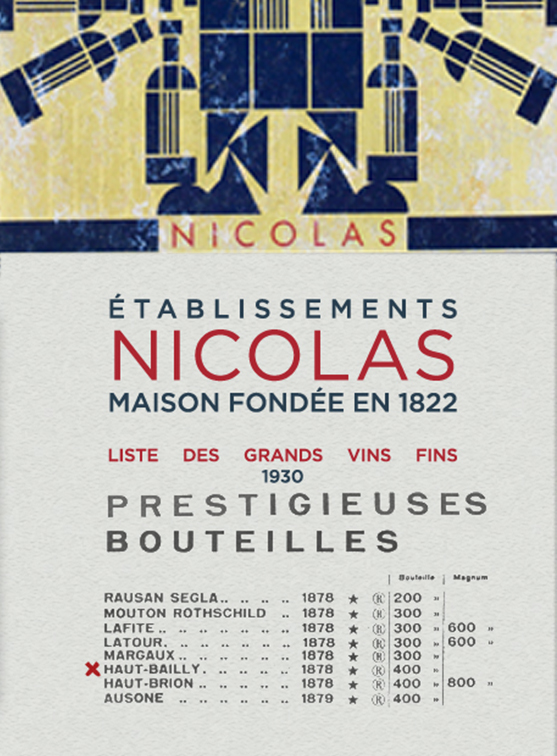
New era in the middle of the 20th century: the Sanders family
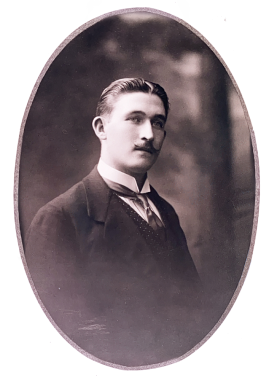
In 1955, Daniel Sanders, hailing from Lille, and of Belgian origin, became the owner of Haut-Bailly and ushered in a new era in the history of this cru. Daniel Sanders, and then his son Jean, became passionate about the vineyard, remodelling it, favouring selection in the vines and creating a second wine in 1967 and a third in 1987.
Jean Sanders restored the style and reputation of the wines. Haut-Bailly regained its status as a great wine and its place on international markets.
A new golden age in the 21st century
In 1998, Robert G. Wilmers acquired Château Haut-Bailly. Born in the United States, this Francophile American spent his childhood in Belgium, before studying at Harvard. He was head of M&T Bank Corporation in Buffalo, New York, one of the top twenty commercial banks in the United States. In 2011, Robert G. Wilmers was honoured by his peers as “Banker of the Year” for his qualities as a visionary, a shrewd manager and for his wisdom in the turmoil affecting the US economy.
Appreciated for his extreme courtesy, his intelligence and his unrivalled sense of humour, ‘Bob’ Wilmers quickly integrated among the owners of Bordeaux’s prestigious properties. He joined the many men and women who have helped to put the great wines of Bordeaux on the international map.
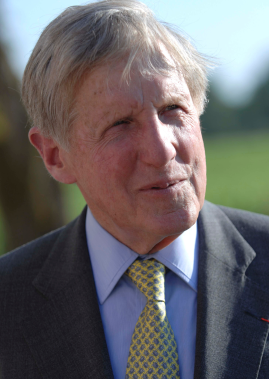
The Sanders family
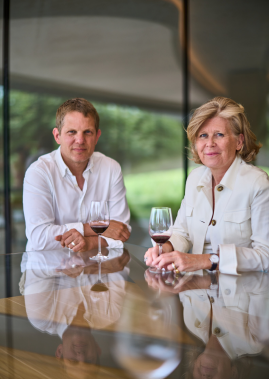
Thanks to major investment, the estate is entering the 21st century with confidence and ambition. Following Bob’s sad death in December 2017, his family is taking over and intends to honour his vision. With the team in place, they are committed to continuing Bob’s work in the same spirit and with the same dynamism as over the last twenty years.
After soil studies and a renovation of the estate’s heritage, the creation of new cellars brought Haut-Bailly into the modern era. They meet a number of technical imperatives: harvesting the grapes in the best possible conditions, applying the same level of precision to winemaking as is applied to viticulture, and enabling the teams to work in spacious, light-filled premises. More than just a winery, it is a truly modern architectural creation, featuring numerous technical and environmental feats. Since 2021, the wines of Haut-Bailly have been matured in a tailor-made setting.
Find out more
Discover our wines
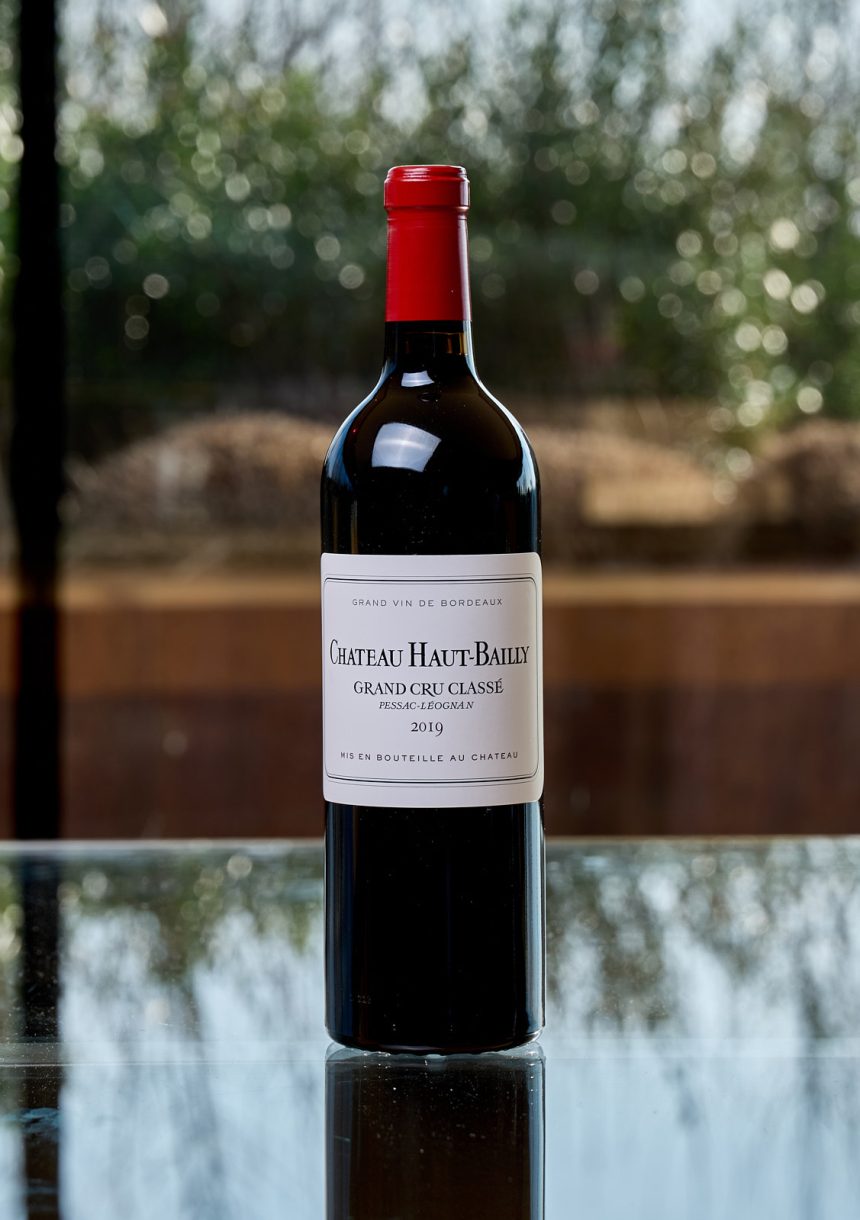
Renowned for its elegance, the ‘grand vin’ showcases complex balance: delicate and tactile, powerful and supple, immediate and timeless.
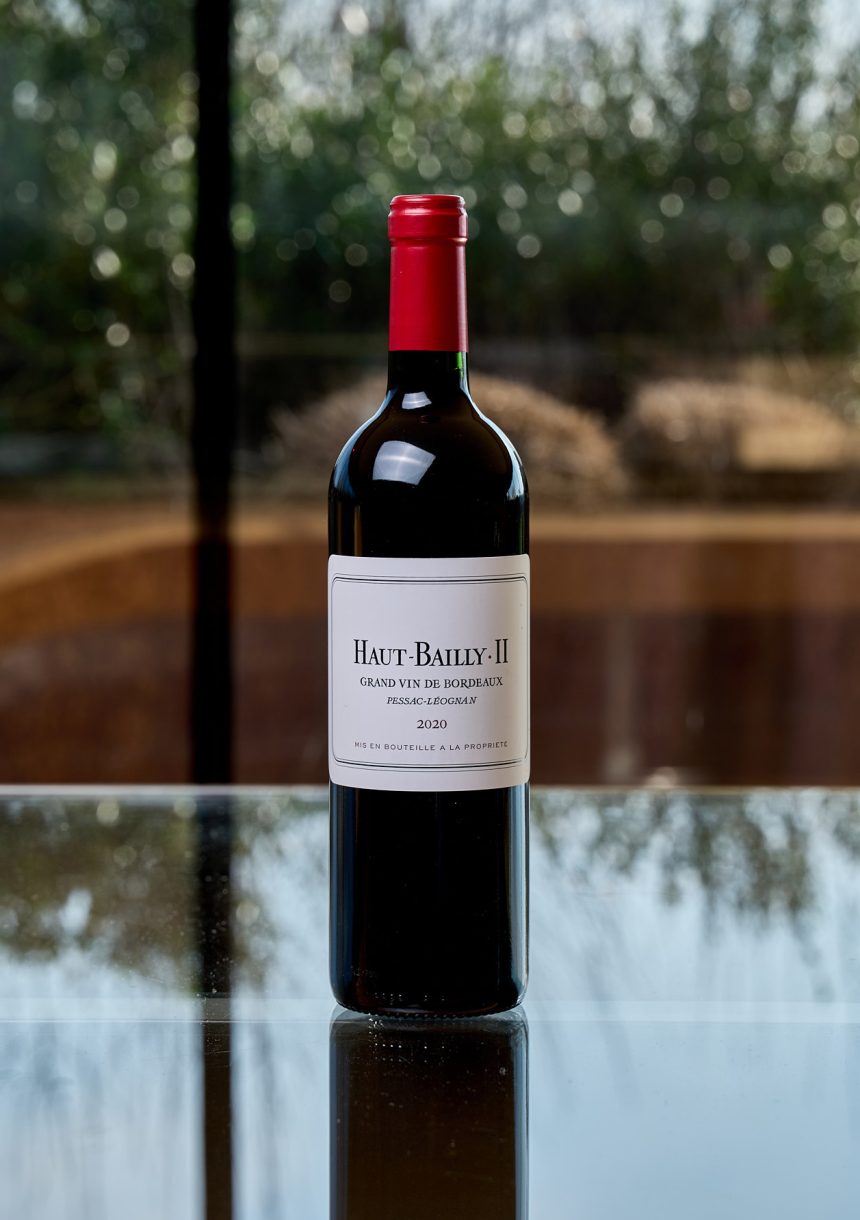
A true second wine, it is the result of a meticulous selection that gives it charm and roundness: another expression of the Haut-Bailly terroir.
Learn more
An exceptional terroir
The Haut-Bailly vineyard is located on one of the highest ridges on the left bank, and is home to century-old vines unique to Bordeaux.


